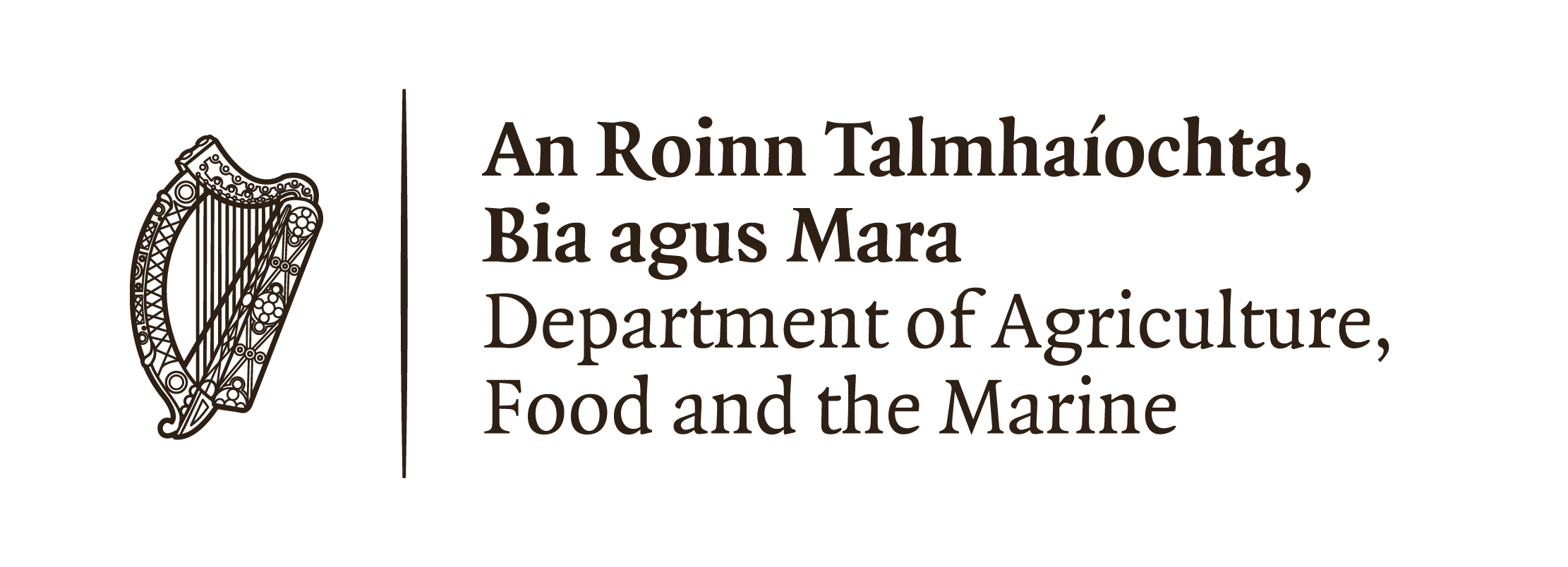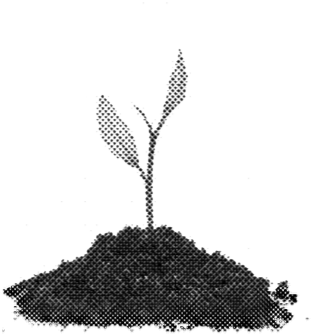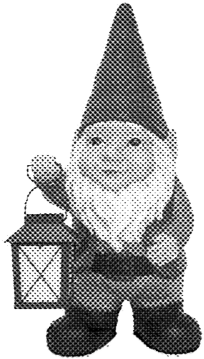Fowley’s Falls

Just a few hundred yards from The Organic Centre is the lower entrance to Fowley’s Fall’s; one of the best kept secrets of north Leitrim. It is reputedly named after a one-time local landowner in the Rossinver area.
As the Glenanniff River travels down from the mountains above, it has eroded the local blue limestone to form a deep river valley. Unlike the more popular Glencar waterfall, Fowley’s Falls is not a single drop waterfall; instead it cascades in a series of drops over the exposed bedrock to form a spectacular torrent of water rushing through the steep valley towards Lough Melvin. In penal times locals gathered at the Mass Rock further down the river and over the years many poachers enjoyed fish caught close by.
In the early 1980’s a scheme was organised to clear a path to make the falls accessible to walkers and anyone simply wishing to enjoy its unique beauty. When the scheme ended the walkway gradually fell into a state of disrepair. In 2003 Rossinver Community Development Company (RCDC) decided to restore the walk in keeping with the original vision, which was to keep the walk as natural as possible with minimal interference with the natural ecosystem.
The total length of the walk is around one and three quarter miles (around 3 kilometres) and is an easy yet extremely enjoyable walk for adults and children alike. Definitely to be considered if you are in the area. Please note this is not a circular loop walk.
The in-car satnav coordinates for the small car parking area at the start of the Fowley Falls walk are (a) N54° 22’ 49” W8° 8’ 00” or (b) N54.380278 W8.133333 or the extension to the walk is now complete and can be accessed near The Organic Centre entrance.
New Ballagh Centre
The New Ballagh Centre is an old Church of Ireland chapel now in use as a multi-purpose community resource centre. In 1850 construction was commenced by a firm of Belfast builders on the chapel in the townland of Tullyskearney. This new chapel, which is said to be one of only two of its kind in the country, was given no other name than Ballagh Church. The construction was completed in 1851. The last service was some time in the early 1960's, and the chapel was closed due to a dwindling Church of Ireland population.
With time the condition of the church deteriorated. The bell, gates, doors and windows were the first to go, and in the late 1980s the roof was removed by the church authorities.
By the mid 1990s the condition of the old church had deteriorated considerably. All that was left were four ivy-clad walls. The brickwork on the arches was beginning to crumble, and the likelihood was that within a few short years the main structure of the building would have collapsed.
Rossinver Community Development Company Ltd. approached the Church of Ireland representative body with a plan to restore the church and use it as a multi-purpose community resource centre. A 999-year lease was obtained at a nominal rent. The main two provisos of this lease were that the building would not be used for religious purposes and that the graveyard would be maintained.
As part of a cross border project under the Wider Horizons programme, a group of young people from North (both traditions) and South of the border came together to learn construction skills. They helped replace the floor and the roof.
The new stained glass windows were designed and put together by two local women (Maureen and Sharron Byrne). They are unusual in so far not a single piece of glass has been painted, which means that the full detail can be seen no matter whether the windows are viewed from outside the church or inside.
The rafters in the roof were designed from old photographs of the original church and hand carved in the old Rossinver Parish Hall.
The original bell has since been located and, although not yet restored to the tower, it was erected on scaffolding outside the church doors and was used to ring in the new Millennium at midnight of 31st December 1999.
The Bookshrine of Saint Molaise - The Soiscél Molaisse
The Soiscél Molaisse (the Bookshrine of St. Molaise, a 6th century saint who lived in the area) is an important National treasure, now in the keeping of the National Museum in Dublin.
The shrine itself consists of an oblong box made up of a series of plain sheets of bronze to which decorated openwork plates of gilded silver have been attached. One of the long sides is missing. The shrine measures 14.75 cm in length, 11.70 cm in width and 8.45 cm in thickness.
The first comprehensive account of the Soiscél Molaisse was published by Margaret Stokes (1871, ‘Observations on two Ancient Irish Works of Art’, Archaeologia, 43, 131-50). The shrine’s inscription was published in detail by Dr. G. Petrie in 1878 (Petrie, G., 1878, Christian Inscriptions in the Irish Language, Vol. II, Dublin). Petrie’s study of the names of those mentioned in the inscription enabled him to date the shrine to between the years 1001 and 1025 A.D. and this dating has been accepted by all subsequent writers.
It is a bronze box overlaid with delicate plates of silver, which are decorated with varieties of curious and beautiful devices and it exhibits on one side an inscription which fixes the date of its execution to the early part of the eleventh century. The manuscript which it formerly contained, believed to have been a copy of the Gospels written by the founder of Devenish, has disappeared, but has left to the shrine the popular name of the Sheskil, or Gospels, of Molash.
For many centuries its custody was hereditary in the family of O’Meehan, who were the herenaghs or church-tenants of St. Molash’s termon lands of the Ballagh, at the eastern extremity of Lough Melvin in the north of the County of Leitrim.
George Petrie stated in a lecture to the Royal Irish Academy in 1855 (text published in Saunders Newsletter, June 28th 1855) that the shrine first came to his attention c. 1835 when he read an account in a Sligo newspaper of a Petty Sessions case “in which one party objected to the swearing of the other upon the Gospels, [probably because it was a Protestant version
About the year 1843 (Stokes 1868. 276-7) Petrie had the opportunity to examine the shrine in Dublin through the good offices of Lord Dunraven who had procured it on loan from Mr. John Wynne of Hazelwood, Co. Sligo. The keeper of the shrine at that time was a tenant farmer of Wynne’s.
This tenant was probably the Mr. Charles Meehan of Latoon from whom it was secured by Rev. Smullen (incumbent of Ballagh Church) for the Royal Irish Academy at the cost of £45.
The Schools’ Collection
The Schools’ Collection is a collection of folklore compiled by schoolchildren in Ireland in the 1930s. For the duration of the project, more than 50,000 schoolchildren from 5,000 schools in the 26 counties of the Irish Free State were enlisted to collect folklore in their home districts. This included oral history, topographical information, folktales and legends, riddles and proverbs, games and pastimes, trades and crafts. The children recorded this material from their parents, grandparents, and neighbours.
The scheme resulted in the creation of over half a million manuscript pages, generally referred to as ‘Bailiúchán na Scol’ or ‘The Schools’ Collection’. The Ballaghmeehan collection can be accessed here and Rossinver can be accessed here
Rossinver Youth and Community Project
A Community Centre in any area is an integral part of the community. It is the centre point; the place where people come to play sports, to socialize, to have meetings, to support new enterprises, to learn new skills and often to mourn the passing of a neighbour. The new Community Centre in Rossinver is for the benefit of whole community, families & children, younger and older people and visitors.
Lough Melvin

is a lake which is internationally renowned for its unique range of plants and animals. It is located in the northwest of the island of Ireland on the border between County Leitrim and County Fermanagh. Permits, Licences’ and boat hire available locally.





